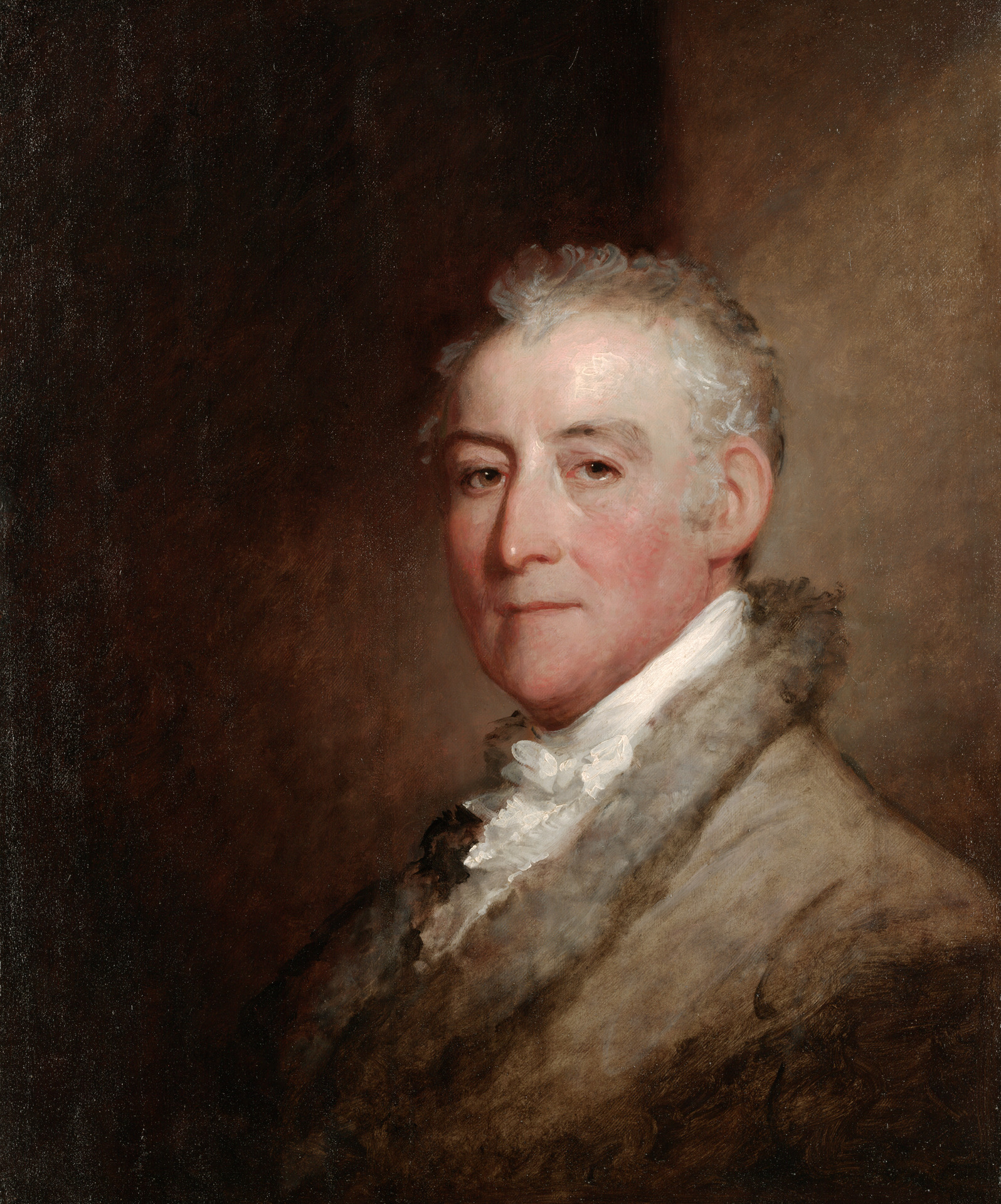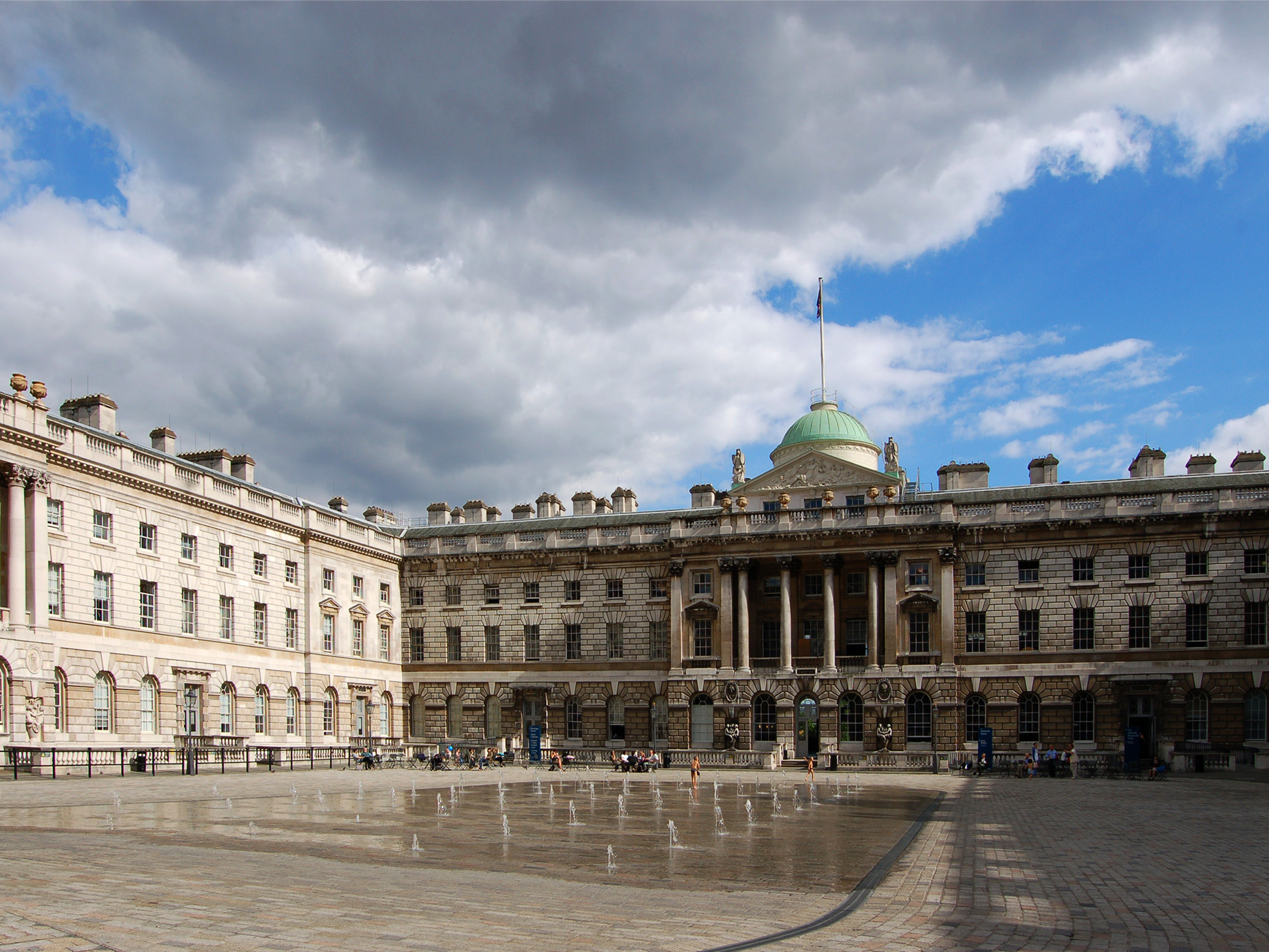|
Giuseppe Ceracchi
Giuseppe Ceracchi (also known as ''Giuseppe Cirachi'') (4 July 1751 – 30 January 1801) was an Italian sculptor, active in a Neoclassic style in Italy, England and the nascent United States, who was a passionate republican during the American and French revolutions. He is remembered for his portrait busts of prominent British and American individuals. Early years He initially trained in Rome with Tommaso Righi (1727–1802) and then continued his studies at the Accademia di San Luca. He went to London in 1773, armed with a letter of introduction from Matthew Nulty, an English antiquarian and amateur sculptor in Rome, and worked under Agostino Carlini, a founding member of the Royal Academy. Ceracchi exhibited busts at the Academy 1776-79 and was proposed for membership but received only four votes. His bust of the Academy's president Sir Joshua Reynolds, is in the collection of the Royal Academy of Art. Living in Carlini's lodgings near Soho Square, Ceracchi modelled architectur ... [...More Info...] [...Related Items...] OR: [Wikipedia] [Google] [Baidu] |
John Trumbull
John Trumbull (June 6, 1756November 10, 1843) was an American artist of the early independence period, notable for his historical paintings of the American Revolutionary War, of which he was a veteran. He has been called the "Painter of the Revolution". Trumbull's ''Declaration of Independence (Trumbull), Declaration of Independence'' (1817), one of his four paintings that hang in the United States Capitol rotunda, is used on the reverse of the current United States two-dollar bill. Early life Trumbull was born in Lebanon, Connecticut, in 1756, to Jonathan Trumbull and Faith (née Robinson) Trumbull. His father served as governor of Connecticut from 1769 to 1784. Both sides of his family were descended from early Puritan settlers in the state. He had two older brothers, Joseph Trumbull (commissary general), Joseph Trumbull, the first commissary general of the Continental Army in the Revolutionary War, and Jonathan Trumbull Jr., who became the second Speaker of the House of the ... [...More Info...] [...Related Items...] OR: [Wikipedia] [Google] [Baidu] |
Sir William Chambers
__NOTOC__ Sir William Chambers (23 February 1723 – 10 March 1796) was a Swedish-Scottish architect, based in London. Among his best-known works are Somerset House, and the pagoda at Kew. Chambers was a founder member of the Royal Academy. Biography William Chambers was born on 23 February 1723 in Gothenburg, Sweden, to a Scottish merchant father. Between 1740 and 1749 he was employed by the Swedish East India Company making three voyages to China where he studied Chinese architecture and decoration. Returning to Europe, he studied architecture in Paris (with J. F. Blondel) and spent five years in Italy. Then, in 1755, he moved to London, where he established an architectural practice. In 1757, through a recommendation of Lord Bute, he was appointed architectural tutor to the Prince of Wales, later George III, and in 1766 also, along with Robert Adam, Architect to the King, (this being an unofficial title, rather than an actual salaried post with the Office of Works). He wo ... [...More Info...] [...Related Items...] OR: [Wikipedia] [Google] [Baidu] |
Metropolitan Museum Of Art
The Metropolitan Museum of Art of New York City, colloquially "the Met", is the largest art museum in the Americas. Its permanent collection contains over two million works, divided among 17 curatorial departments. The main building at 1000 Fifth Avenue, along the Museum Mile on the eastern edge of Central Park on Manhattan's Upper East Side, is by area one of the world's largest art museums. The first portion of the approximately building was built in 1880. A much smaller second location, The Cloisters at Fort Tryon Park in Upper Manhattan, contains an extensive collection of art, architecture, and artifacts from medieval Europe. The Metropolitan Museum of Art was founded in 1870 with its mission to bring art and art education to the American people. The museum's permanent collection consists of works of art from classical antiquity and ancient Egypt, paintings, and sculptures from nearly all the European masters, and an extensive collection of American and modern ... [...More Info...] [...Related Items...] OR: [Wikipedia] [Google] [Baidu] |
George Washington (Ceracchi)
''George Washington'' is a marble bust portrait of George Washington, done in the style of a Roman emperor, by the Italian sculptor Giuseppe Ceracchi. It was created as part of a campaign by Ceracchi to build a larger monument to Washington. The bust was thought by many to be one of the most lifelike. It was later used as a model of Washington for works by other sculptors and engravers. History In the spring of 1791, Ceracchi came to Philadelphia, then the seat of the United States government, in an attempt to get a commission from Congress for a "Monument designed to perpetuate the Memory of American Liberty" featuring an equestrian statue of Washington. While waiting for congressional action, he made bust portrait models of several of the founding fathers, such as John Jay, Thomas Jefferson, and Alexander Hamilton. Initially, Washington did not want to pose for the sculptor, but eventually did so in late 1791, early 1792. Ceracchi left for Europe in 1792, and then returned to P ... [...More Info...] [...Related Items...] OR: [Wikipedia] [Google] [Baidu] |
Monticello
Monticello ( ) was the primary plantation of Founding Father Thomas Jefferson, the third president of the United States, who began designing Monticello after inheriting land from his father at age 26. Located just outside Charlottesville, Virginia, in the Piedmont region, the plantation was originally , with Jefferson using the labor of enslaved Africans for extensive cultivation of tobacco and mixed crops, later shifting from tobacco cultivation to wheat in response to changing markets. Due to its architectural and historic significance, the property has been designated a National Historic Landmark. In 1987, Monticello and the nearby University of Virginia, also designed by Jefferson, were together designated a UNESCO World Heritage Site. The current nickel, a United States coin, features a depiction of Monticello on its reverse side. Jefferson designed the main house using neoclassical design principles described by Italian Renaissance architect Andrea Palladio and rew ... [...More Info...] [...Related Items...] OR: [Wikipedia] [Google] [Baidu] |


